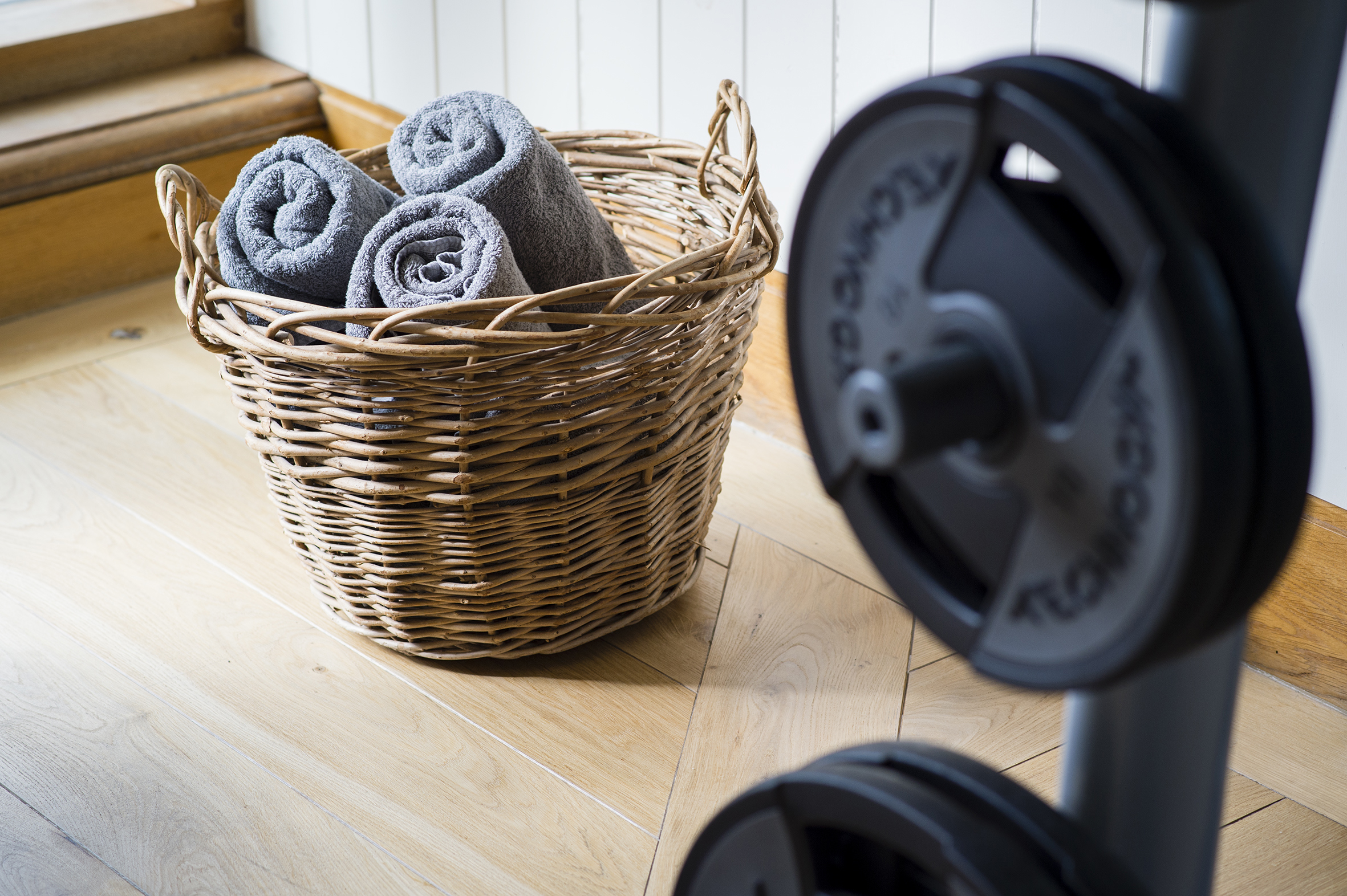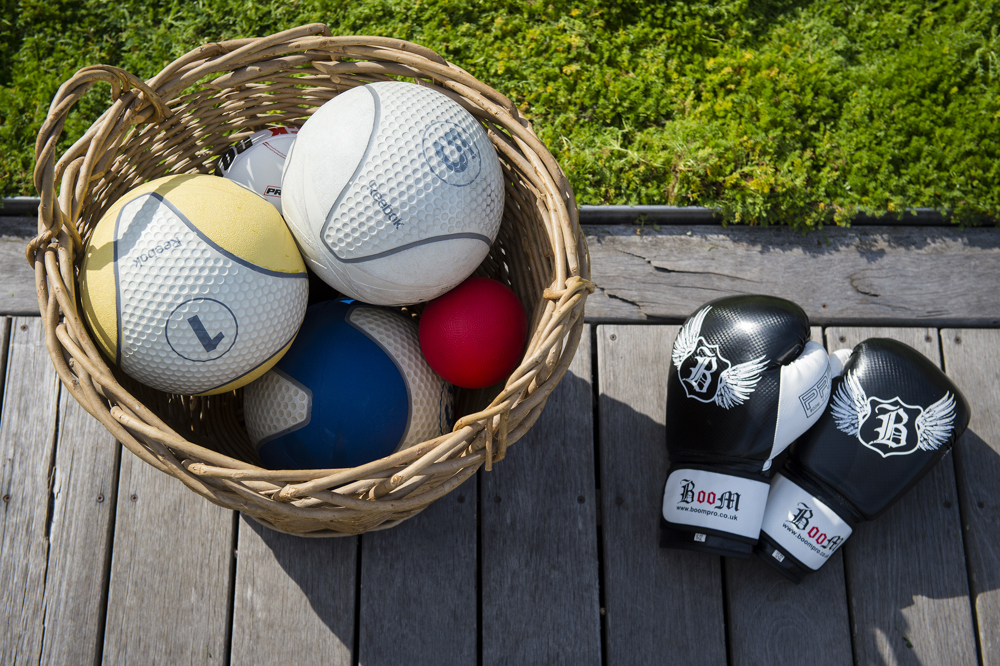
A Forager’s Winter Larder
Hear from Lime Wood’s resident forager, Sammie, about how to embrace the seasons through wild harvesting, herbal preparations, and creating your own winter larder.

Whether you usually prefer working out in the gym, enjoying a class with friends or going for a swim – at this time many of us find our normal routines going out the window. However, one thing we have in common is wanting to maintain our fitness – here are my tips to keep moving at home.


Set yourself up for success and get moving! Exercise is essential; not only does it make you feel great but also helps improve your health physically and mentally. Exercise is often seen as arduous and daunting for some, however, it should be enjoyable, achievable and above all sustainable. There are so many ways to move at home, from a brisk walk, bike rides, home workouts, yoga sessions in the garden, there is something for everyone and for all abilities.
Here are a few tips to get you going:
You may already have goals set but if not, is your goal weight loss, to gain muscle mass or improve your fitness? Decide on what you want to achieve. Set realistic goals and keep them SMART (Specific, Measurable, Achievable, Realistic and Time managed.)
Start by creating a diary of when you are most likely to fit in your workout and find realistic days and times of the week where you know you will be able to sustain and commit to. Don’t be hard on yourself if you find the odd week changes, be flexible and don’t beat yourself up.
Once you’ve decided on your goal and planned when you are going to do your workouts, it’s now time to structure your workout programme. Go right back to the start and begin with the basics. Your programme should incorporate a combination of cardio, muscle strength and endurance exercises, flexibility.
Cardio: Walking, jogging and running.
Muscle strength and endurance: Resistance training - resistance bands, free weights or weight machines (if you have access to these, if not you will find many things around the house that will act as weights!)
Flexibility: Stretching and mobility exercise (warm up and cool down).
Warm up: It is essential that you prepare your body for your workout, loosen the joints and get your body moving, this will help you perform each exercise more efficiently and effectively as well as reducing the risk of any injury.
Cool down: After every workout your body will need to relax and recover as your muscles have been contracted and left in a shortened state. Static stretches will help relax the body, reduce injury, circulate your blood, as well as calming your mind after your workout.
Ensure you take the time to look after your body and rest, your body will recover much quicker by doing so and will also have an effect on the speed at which you progress and the results you will achieve. An alternative recovery method could also include low intensity exercise, for example a relaxing yoga session or an easy walk.
Log your workouts and monitor what you do, you will need to keep challenging your body, so by changing the exercise, weight, repetitions and sets regularly, you will prevent your body from reaching a plateau. Your diary will help your see your progression and identify your weaker areas which may need more focus.
Be realistic, find your balance and above all enjoy your fitness adventure at home!

Hear from Lime Wood’s resident forager, Sammie, about how to embrace the seasons through wild harvesting, herbal preparations, and creating your own winter larder.
There’s a special kind of magic at Curated during the festive season. To help inspire your Christmas gifting, our team has gathered a few of their favourite pieces this season.

Delve beneath the surface (literally) to explore the fascinating world of microbiomes with Peigin Crowley, founder of Ground Wellbeing